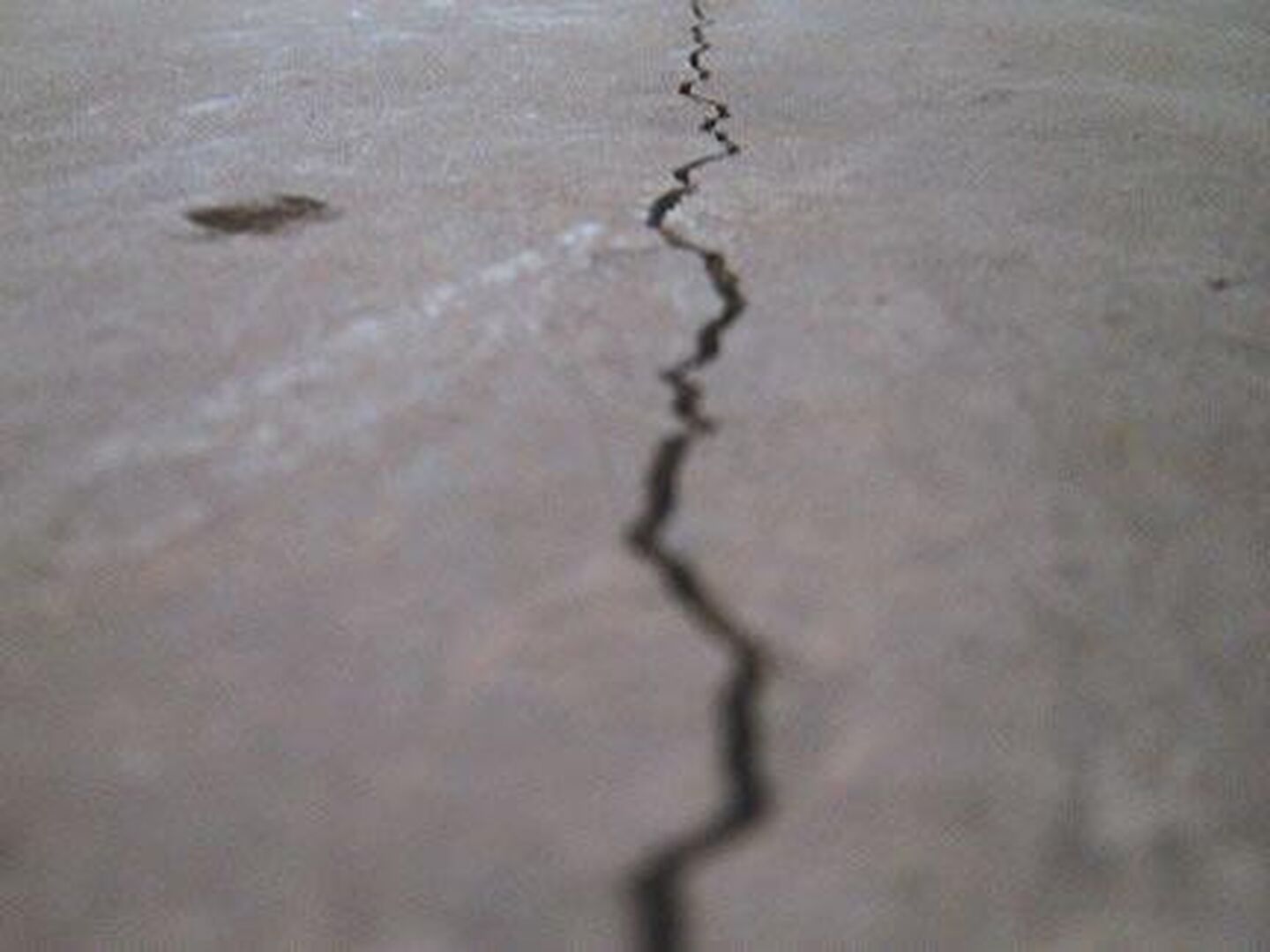Signs of Foundation Problems – Structural vs. Non-structural Wall Cracks

In the basement waterproofing business we talk a lot about cracks. Cracks in poured concrete basement walls and cracks in basement floors are both sources of seepage that create basement water problems that require professional repair. These are generally non-structural cracks, that is, they aren’t caused by significant foundation movement and don’t jeopardize the stability of the foundation.
Structural cracks, on the other hand, are telltale signs of foundation problems and, even though they may never allow water to enter the basement, they represent a significantly bigger problem so they should never be ignored.
How to Tell the Difference between Structural and Non-structural Wall Cracks
Non-structural wall cracks are, at worst, a source of water in the basement and can be easily and permanently repaired. Structural wall cracks in poured concrete walls indicate a serious drop or shift in the home’s foundation and require major repairs to preserve the home. It’s important to be able to tell the difference.
Non-Structural Cracks – Non-structural wall cracks can occur almost anywhere in a foundation wall; they are likely to emanate from openings in the wall, like windows, doors and pipe intrusions. Caused by lateral pressure exerted by the soil outside the foundation, these cracks are generally narrow, less than 1÷8”, and can even be of the hairline variety. These cracks will seep water when the soil is saturated.
Non-structural wall crack repair is done by the injection method. The expanding urethane injected into the crack fills it all the way to the outside soil, forming a permanent seal that prevents further seepage.
Structural Cracks – Structural cracks in poured concrete walls tend to occur in patterns. One common pattern is for cracks to run up at an angle from the lower corners of the wall, accompanied by a vertical crack in the center. Another is for angled cracks to begin in each of the four corners of the wall and intersect a horizontal crack in the center. These cracks are generally wider, in excess of 1÷8” and may or may not seep water.
Structural cracks are caused either by severe pressure exerted by swollen soil or by the foundation sinking due to soil desiccation. Either case requires significant structural foundation repair: further wall movement can be arrested by bonding carbon fiber strips to the wall and attaching steel angles at the top; a sinking foundation can be repaired with resistance and helical piers.
It’s obvious that the difference between structural and non-structural foundation wall cracks is a critical one and this article isn’t intended to make anyone an expert on their identification. A professional knowledgeable in structural foundation damage will be able to identify the nature and source of wall cracks and recommend the most effective repair.
U.S. Waterproofing has long been at the forefront of structural foundation repair, adopting state-of-the-art methods of foundation underpinning and stabilization. If you see cracks in your basement walls, don’t hesitate to schedule a free consultation with one of our experts.




